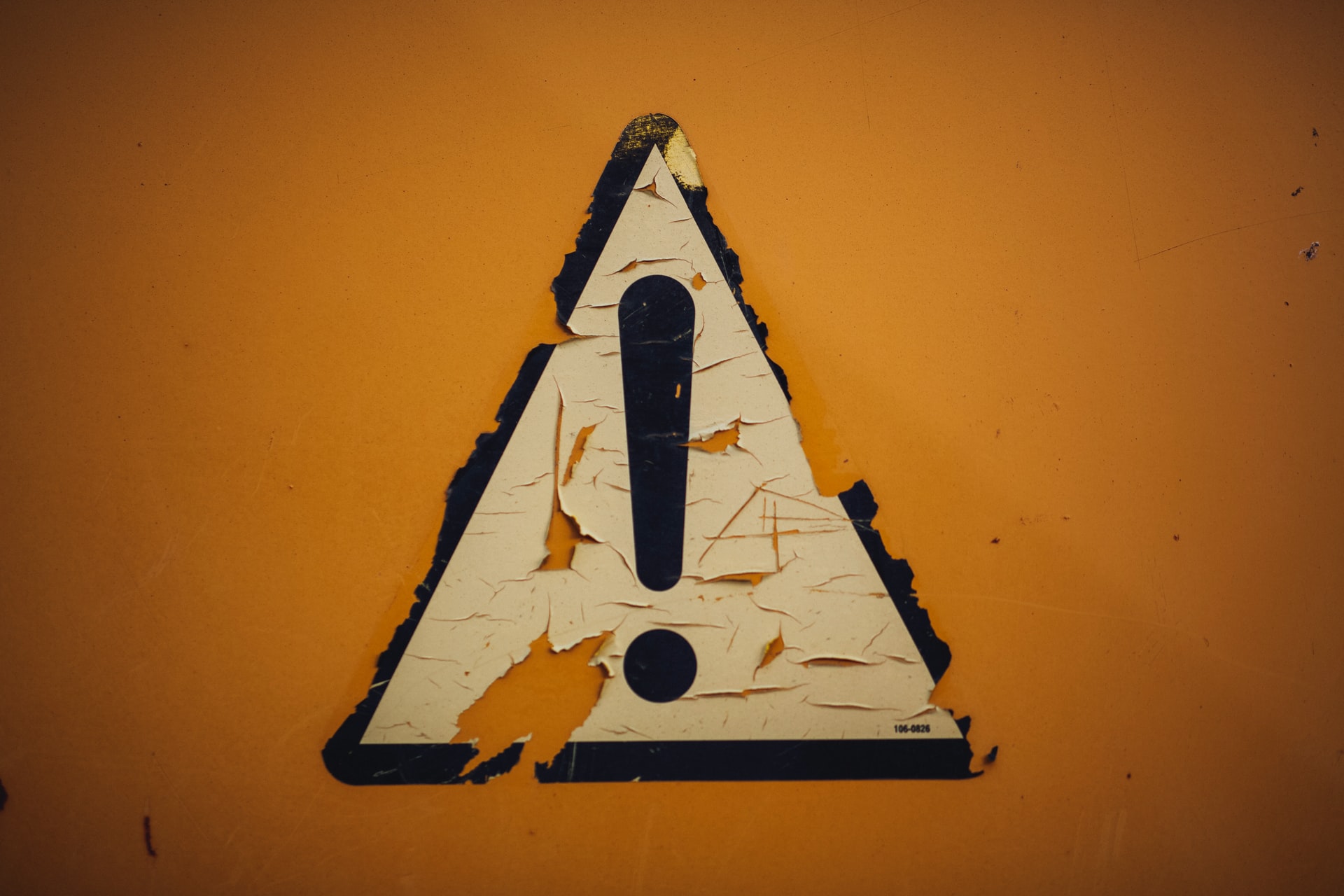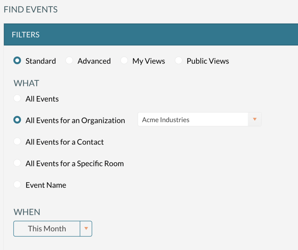As an event planner, your focus is on ensuring that meeting hosts and attendees have a great experience. However, every gathering contains an element of risk. From things like minor accidents or injuries to natural disasters, structural failures, and even acts of violence, you need to be prepared to take action when problems arise.
While you don’t know if, how, or when a meeting or event is going to be disrupted, having a risk management plan in place makes it easier to respond properly. A thoughtfully crafted plan provides many benefits, including:
- The opportunity to identify risks in advance and mitigate them
- The ability to provide assistance more efficiently and effectively if an incident occurs
- A potentially reduced risk of legal action being taken by those affected
- Peace of mind for meeting organizers and attendees
- Confidence for your staff that they are prepared to handle problems
While creating a risk management plan takes time and effort, it’s an investment that pays off many times over if the plan has to be executed.
The way you implement your event request process will also reduce risk. SeeThe Ultimate Guide to Meeting Room Requests to learn how having a good request process will allow you to gather the information you need to assess risk and keep complete records of event requirements.
Best Practices for Developing Risk Management Plans
Each event is unique. It has its own combination of location, attendees, agenda, weather conditions, and other factors. However, creating a general risk management plan then allows you to quickly modify it for special circumstances as needed.
Follow the six steps below to develop and maintain your risk management plan:
- Identify potential risks. Brainstorm with everyone involved in preparing for and executing events to get their ideas about what could go wrong at a gathering. Keep in mind that “risk” doesn’t necessarily mean a major safety threat. The possibility of food spoilage when an aging refrigerator dies the morning of an event is also a risk—one with financial versus physical consequences.
- Prioritize the risks. Unfortunately, given enough time, your team can probably come up with dozens and dozens of risks. Consequently, you need to rank these hazards from most to least important so you know how much time and effort to put into preparing for them. This prioritization requires assessing both the severity and the likelihood of the incident. For example, a tornado that decimates your facility would rank high in severity, but if you’re in a part of the country where tornadoes are extremely rare, the low likelihood would mean you would give this risk a low priority.
- Document actions for the high-priority items on your list. An event attendee falls and appears to have broken their arm. What happens now? In your environment, the right response might be that:
-
- The serving staff lead makes the attendee comfortable and keeps people from crowding around.
- The event coordinator calls for an ambulance.
- The facility manager meets the first responders at the entrance and guides them in.
- The event coordinator consults with the event host about whether the event should continue.
- The service staff lead jots down initial notes about the incident that the event coordinator will use to write a report.
- Etc.
Be sure your plan has the necessary information for executing any actions, like the phone number for the ambulance service in the example above. And, of course, your definition of “high-priority” will vary. You may decide that it makes sense to document actions for 10 or 20 or more items on your list, while those further down will simply be “food for thought.”
- Route the plan for approval. Show your risk management plan to anyone who should have input, from operational decision makers to legal counsel.
- Make the approved plan available and train your staff. It’s important that your team has fast access to your risk management plan. Online access is great, but a printed copy should be available as well in case the network goes down. It’s also important that you go through the plan with your staff to ensure they understand the directions it contains.
- Review the plan and refresh training as needed. Read your plan from start to finish periodically to ensure it still makes sense. That includes confirming phone numbers, etc. After this review, walk through the plan with your staff again, especially if there are new hires.
Preparation is the Key to Risk Management
As Benjamin Franklin wisely observed, “By failing to prepare, you are preparing to fail.” A minor injury can become a major headache if you don’t have a first aid kit handy.
On the flip side, a major issue can be taken in stride if you and your team are properly prepared. Crafting a comprehensive risk management plan is an investment in the health and safety of your staff and guests, and in the financial security of your organization.



